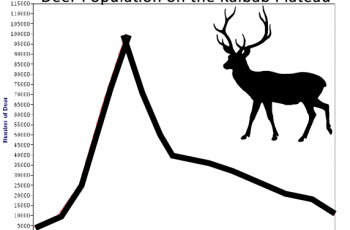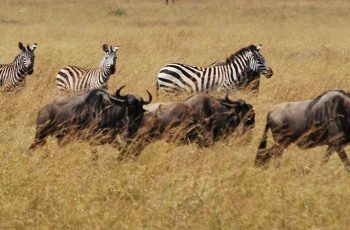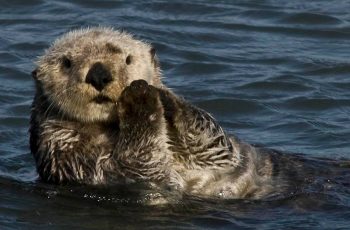Category: Ecology
-
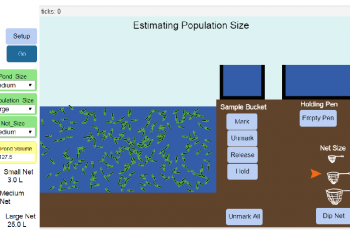
Estimating Population Size: A Netlogo Simulation
Students learn how the “mark and recapture” technique can be used to estimate population sizes by using a netlogo simulation that allows students to alter variables such as population size, and number of individuals marked.
-
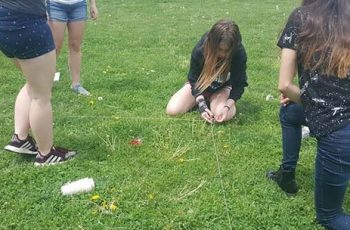
Random Sampling
Students model how field biologists would use a sampling technique to estimate the number of sunflowers in a field. First, they choose 10 plots at random by choosing paper slips, then take the average of those plots. The worksheet walks them through the steps of then using the average and the overall size of the…
-
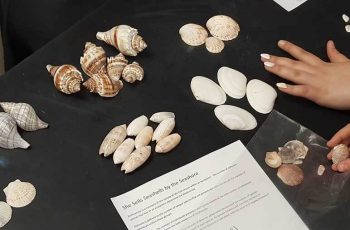
Calculate the Biodiversity Index of a Beach
This activity asks students to sort seashells and calculate the Simpson’s biodiversity index. The calculation is based on the number species in an area, dependent upon richness (number of unique species) and abundance (number of individual species).
-
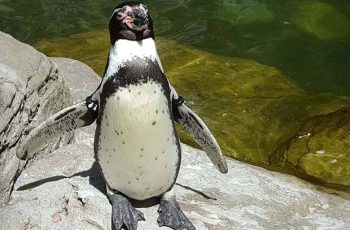
Biome Project
Students become experts in a biome and create a product, such as a pamphlet, to showcase details about their assigned ecosystem (tundra, forest, ocean..etc.)
-
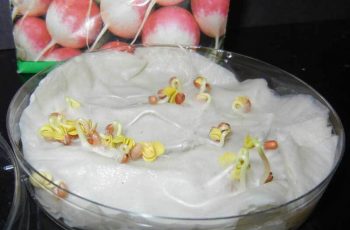
Investigation: What Factors Affect Seed Germination?
This activity can be used as part of a unit on plants or as an activity to illustrate the scientific method. The materials are cheap and can be obtained from the grocery store. Students design an experiment to determine what factors affect seed germination. They are given a list of variables that are appropriate…
-
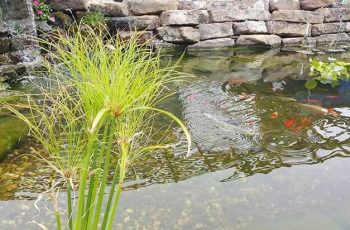
Investigation: What Organisms Are Found in Ponds?
Does your community have ponds, streams, or lakes? Students enjoy working with real biology, and though it may not be possible to take students to a lake, you can bring the lake to the student. This open-ended activity gives students the opportunity to explore pond water and compare the types of species found in…
-
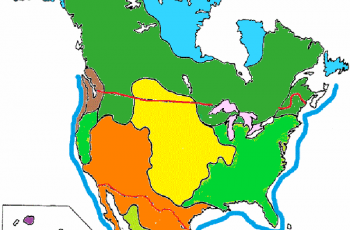
Color the North American Biomes
This coloring activity is suitable for beginning biology students who are learning about the plants and animals found in each major biome. The worksheet does require a basic geography knowledge, which I found somewhat lacking in my freshman students. I usually place a large map of North America on the overhead projector for students…
-
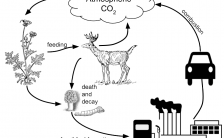
Analyzing Graphics: The Carbon Cycle
This graphic illustrates how atmospheric carbon dioxide is produced during cellular respiration and combustion and then taken up by plants. Students apply what they have learned about the processes of photosynthesis and respiration to label parts of the graphic an answer questions. This activity is probably best done as a pair-share activity or a…
-
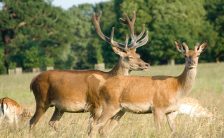
Investigation: Estimating Population Size
In this investigation, students simulate how mark and recapture techniques are used to estimate population size. Prepare populations in advance by gathering 60-150 small objects, like toy spiders, beans, or beads. Toy animals seem to be more exciting for students, and you can sometimes find them at dollar stores. In my class, I…
-
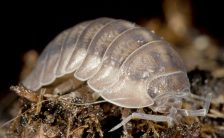
Investigation – Animal Behavior with Isopods
An isopod is a crustacean with a segmented body and seven pairs of legs. They are commonly known as pill bugs, roly-polys, or woodlice. Isopods are found in a variety of habitats, including soil, under rocks, and in decaying wood. They are detritivores, meaning they eat dead and decaying matter. Isopods are an important part…
-
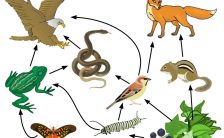
Food Web: Identify Consumers
Food webs are basic concepts in biology and ecology, where students learn the concept of energy flow in an ecosystem by viewing models of food webs. This labeling worksheet asks students to identify the primary, secondary, and tertiary consumers in a forest ecosystem. A food web is a representation of the complex interrelationship between…
-
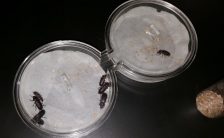
Investigation: Habitat Selection in Flour Beetles
This activity was modified from an Advanced Placement Investigation for use with freshman classes. The instructions are clear and require students to examine data and create a graph. Then students collect their own data using Choice Chambers and can choose which variables they would like to test: wet vs dry, water vs vinegar, light…


